Mastering the Science and Art of Exposure in Photography
In the realm of photography, understanding and navigating the concept of exposure is paramount. Whether capturing the rugged landscapes of North Korea or the intimate moments of a wedding, the essence of a photograph is immensely influenced by how light interacts with the camera’s sensor. This article dives deep into the technicalities of exposure, blending scientific principles with artistic expression, a journey reflecting my dual passions for photography and the intricate beauty of physics and math.
The Fundamentals of Exposure
At its core, exposure determines how light or dark an image will appear when it’s captured by your camera. It’s a fundamental aspect that shapes the mood, atmosphere, and clarity of your photos. The exposure triangle—comprising aperture, shutter speed, and ISO—is a photographer’s toolkit for managing this.
Aperture
Aperture refers to the diaphragm opening in a lens through which light passes to enter the camera body. It’s measured in f-stops and inversely correlates with the amount of light entering the lens; the lower the f-stop, the more light is allowed in. Choosing the right aperture affects not just exposure, but depth of field as well—another tool in the photographer’s arsenal for artistic expression.
Shutter Speed
Shutter speed indicates the duration for which the camera’s shutter is open, exposing the sensor to light. Measured in seconds or fractions of a second, it affects the appearance of motion in your images. Fast shutter speeds freeze action, while slower speeds can convey motion through blur, adding a dynamic element to your photos.
ISO
ISO measures the sensitivity of your camera’s sensor to light. Lower ISO values mean less sensitivity but finer grain, suitable for well-lit conditions. Higher ISO values increase sensitivity, allowing for better low-light photography at the expense of more grain or noise in the image.
Creating the Perfect Balance
Finding the right balance among aperture, shutter speed, and ISO is key to achieving the desired exposure and visual effect. This balance is not just scientific but profoundly artistic, requiring a deep understanding of the environment you’re capturing and the story you wish to tell.
Technological Aids & Challenges
Modern camera systems and editing software offer advanced features like Histograms and Exposure Compensation to aid photographers in achieving their vision. However, the reliance on technology should never overshadow the photographer’s intuition and creative vision. 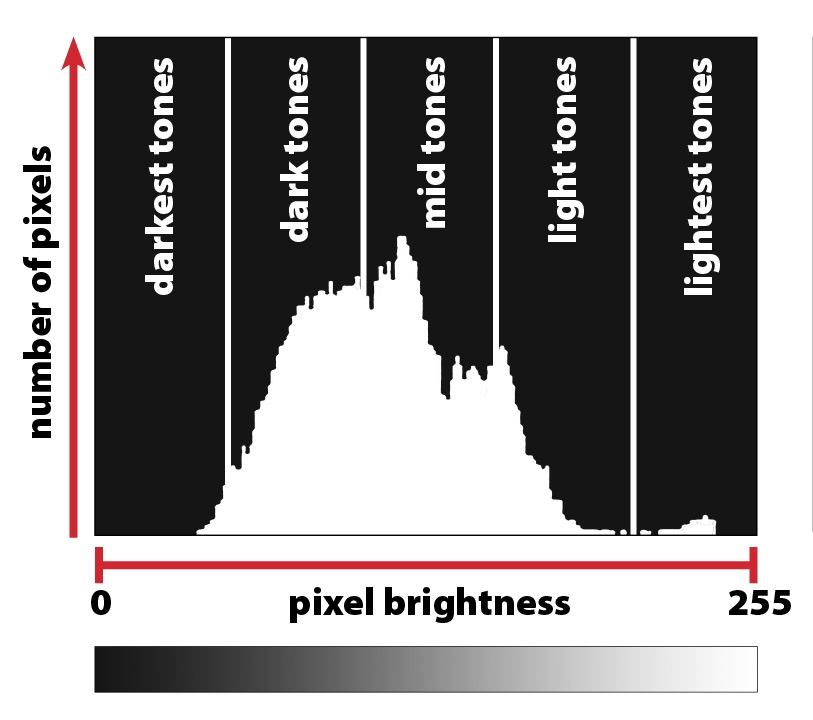
Putting Theory into Practice
- Low Light Photography: In low light, a wider aperture, slower shutter speed, or higher ISO may be necessary. The challenge lies in maintaining image sharpness without introducing too much noise.
- High-Speed Photography: Capturing fast action requires a fast shutter speed to freeze the motion. This often means compensating with a wider aperture or higher ISO to ensure sufficient light.
- Landscape Photography: For landscapes, a smaller aperture (higher f-stop number) provides a greater depth of field, ensuring foreground and background are in focus. This might mean using a tripod to accommodate a slower shutter speed.
As a photographer, I’ve journeyed from the desolate beauty of North Korea to the vibrant weddings of diverse cultures. Each photograph is a lesson in physics, an experiment in optics and light. My extensive travels, enriched by a background in artificial intelligence, cloud solutions, and a deep appreciation for the intricate dance of quantum fields, have crafted a unique perspective on photography. This perspective thrives on technical proficiency, enriched by an endless curiosity about the world.
Conclusion
Mastering the art of exposure is a continuous journey, blending science with art, and technology with intuition. It’s a pursuit that sharpens not just the photographs we produce but our perception of the world. For enthusiasts and professionals alike, understanding the technical aspects of exposure is foundational. Yet, it’s the ability to transcend these fundamentals, harnessing them to tell a story, that truly defines the art of photography.
Remember, each shot is an exploration, a challenge to capture the unseen and portray the unspoken. The mastery of exposure, then, is far more than technical skill—it’s a gateway to richer storytelling, a tool for capturing moments that resonate and endure. In my journey, both as a technologist and a photographer, I’ve embraced the vast landscapes of knowledge and creativity. I encourage you to do the same, exploring the limitless potentials of light and shadow.
Further Reading
For those interested in delving deeper into the intersection of technology and photography, consider exploring recent articles on my blog, such as Deciphering Photography Gear: Technology Meets Artistry Behind the Lens and Mastering Street Photography: Techniques, Gear, and Ethical Practices.
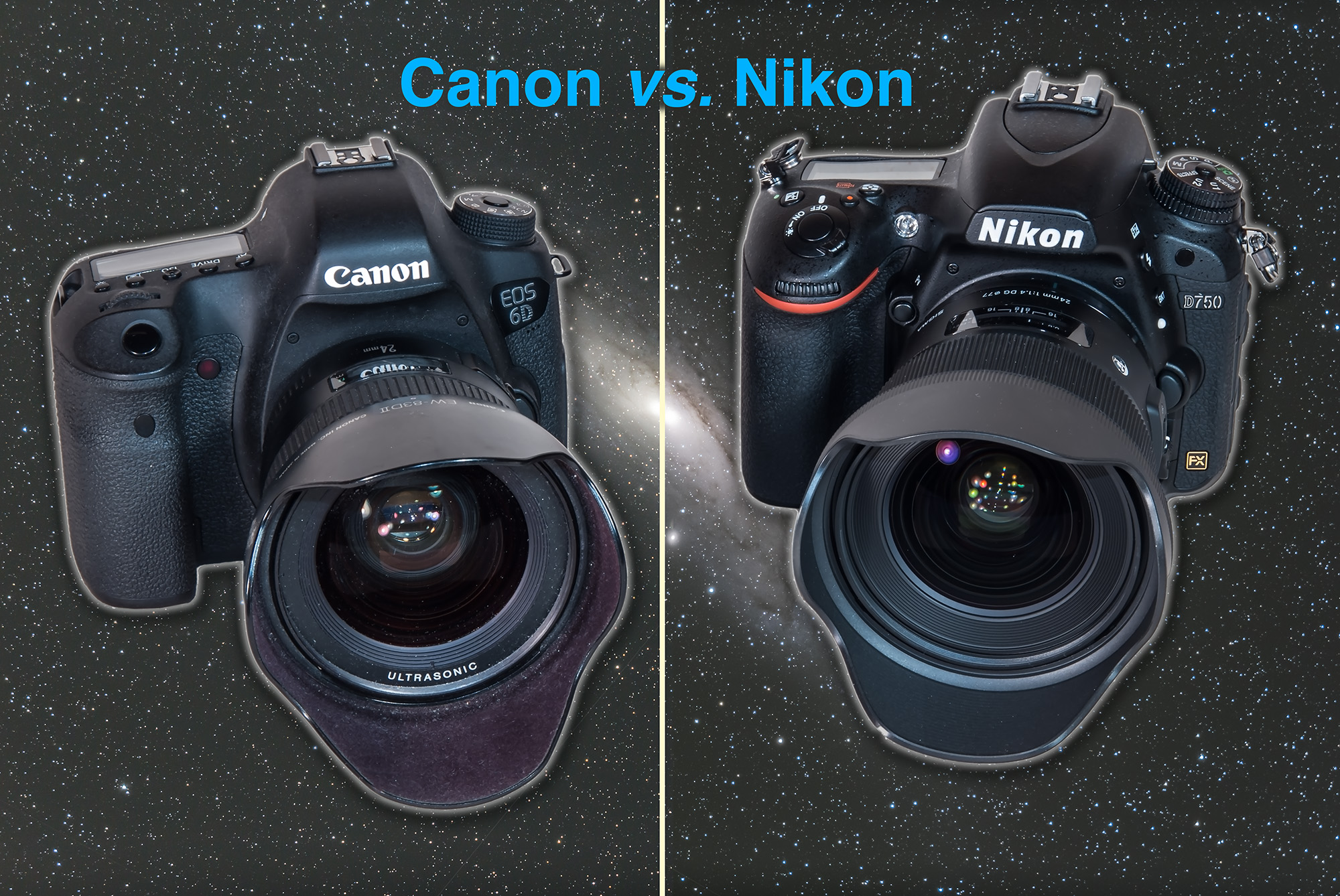
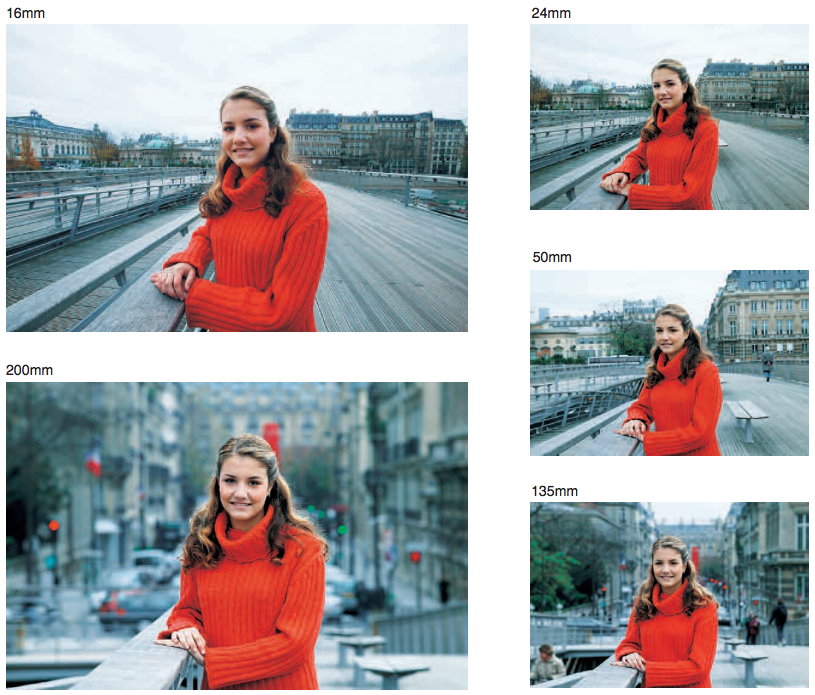
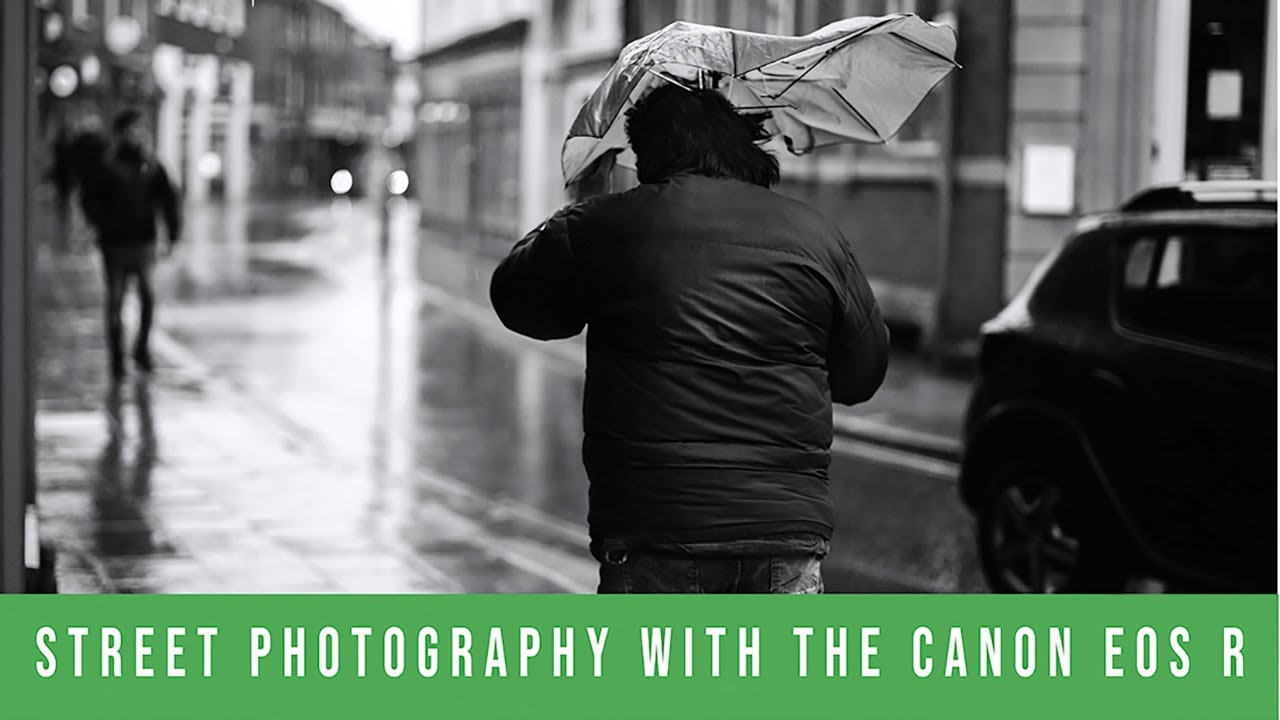 >
>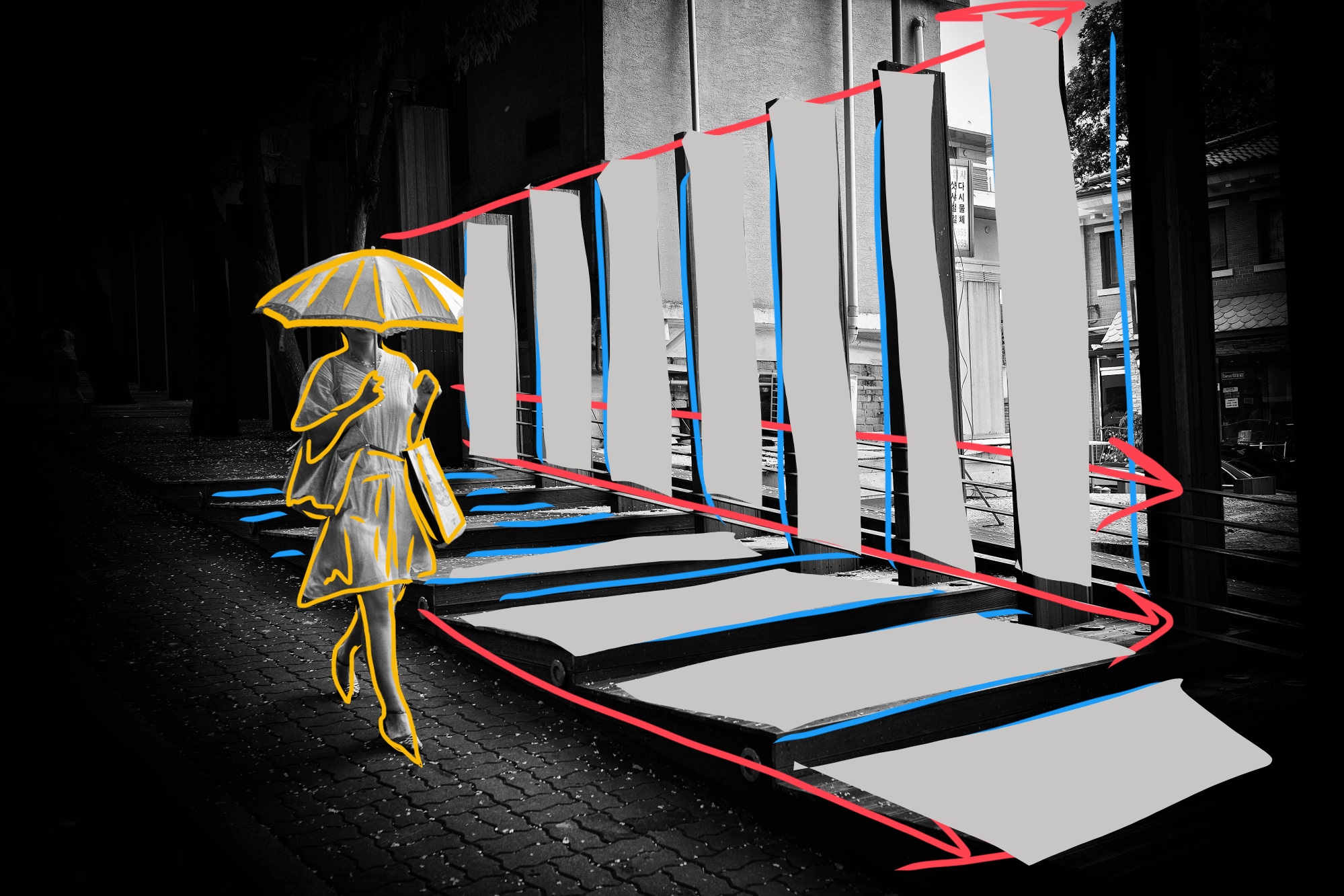 >
>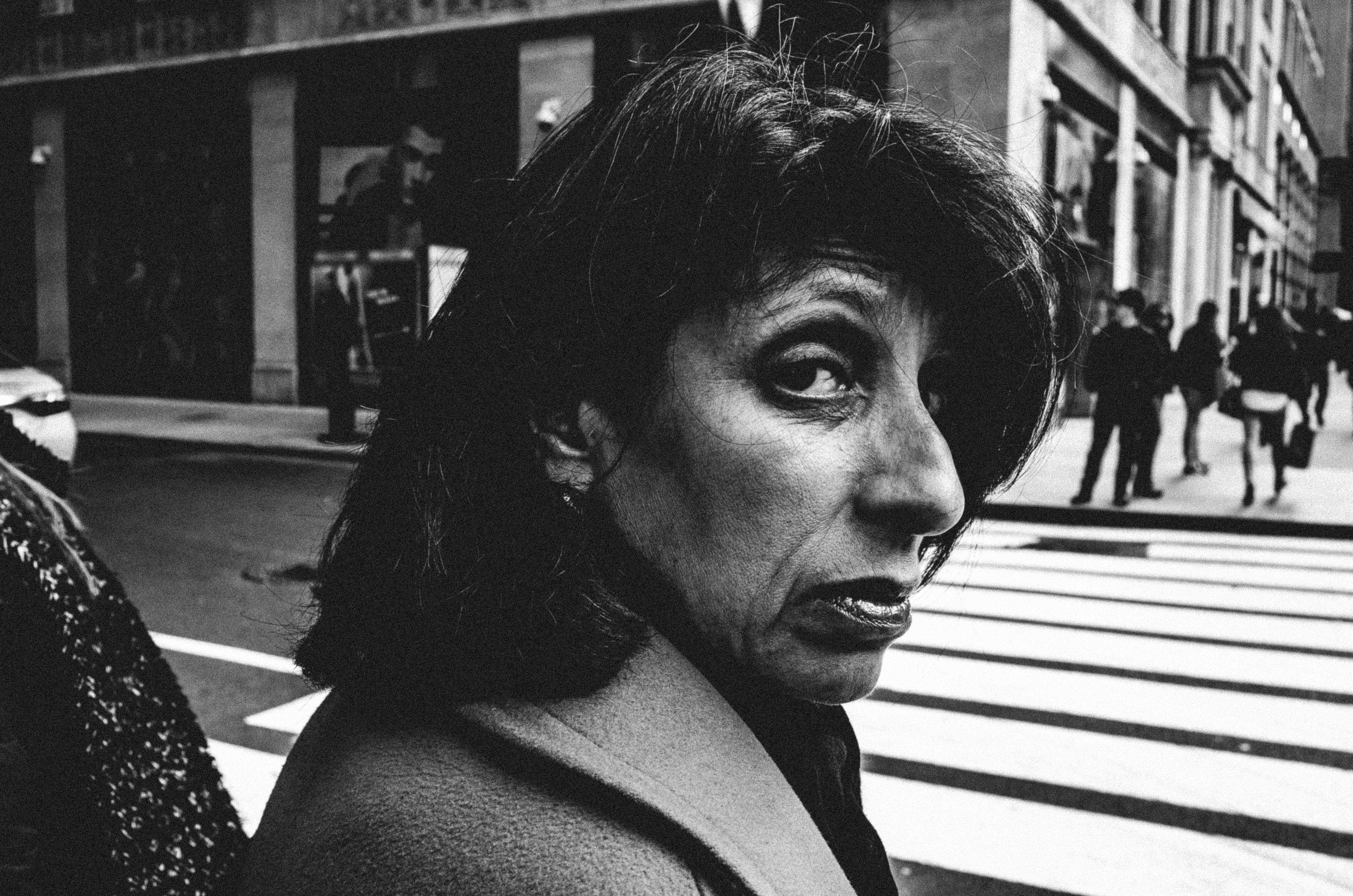 >
>